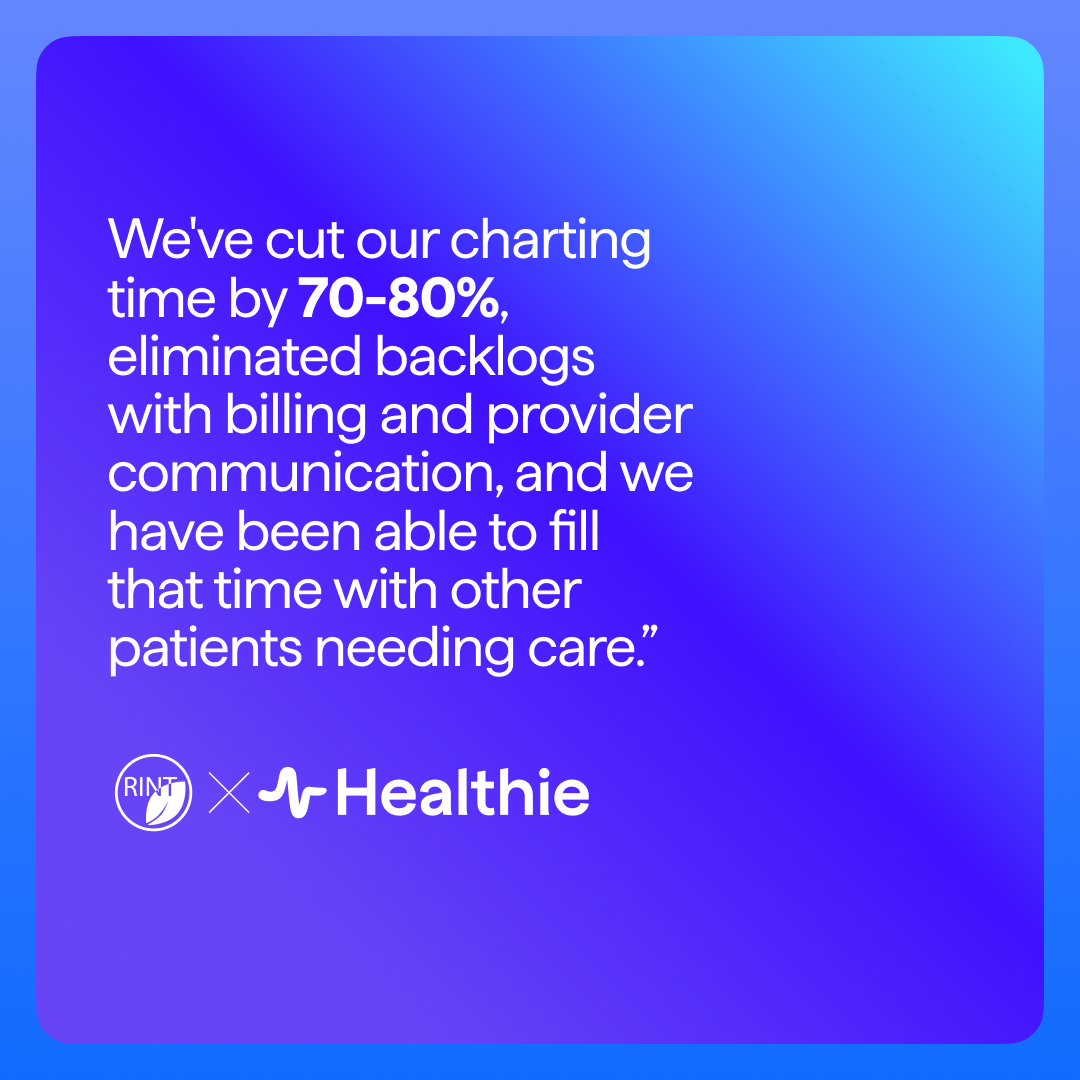MedTech
How does MedTech improve patient care?
MedTech, or medical technology, is a broad term that covers a wide range of technologies and devices used in the healthcare industry. From diagnostic tools and medical devices to information systems and software, MedTech plays a vital role in improving patient care.
Medical technology can be used to diagnose and treat patients, as well as to monitor and manage their health. It can help to improve patient outcomes by providing more accurate and timely diagnosis, more effective treatments, and better management of chronic conditions.
MedTech can also help to reduce the cost of healthcare by improving efficiency and productivity. For example, by automating tasks and processes, MedTech can help to free up time for healthcare professionals to focus on more important tasks.
There are many different types of MedTech, and new technologies are being developed all the time. Some of the most common and important types of MedTech include:
Diagnostic tools: Diagnostic tools such as X-ray machines, MRI scanners, and CT scanners are used to diagnose patients. They can provide vital information about a patient’s condition, which can help to guide treatment decisions.
Medical devices: Medical devices such as pacemakers, artificial joints, and stents are used to treat patients. They can help to improve patient outcomes by providing more effective treatments.
Information systems: Information systems such as electronic health records (EHRs) and electronic prescribing systems (EPSs) are used to manage and store patient data. They can help to improve patient care by providing healthcare professionals with quick and easy access to vital patient information.
Software: Software such as clinical decision support systems (CDSSs) and computer-aided diagnosis (CAD) systems are used to support healthcare professionals in making decisions about diagnosis and treatment. They can help to improve patient care by providing more accurate and timely diagnosis and treatment.
MedTech plays a vital role in improving patient care. It can be used to diagnose and treat patients, as well as to monitor and manage their health. MedTech can also help to reduce the cost of healthcare by improving efficiency and productivity.
What are the benefits of using MedTech in healthcare?
The use of MedTech in healthcare has revolutionized the way care is delivered and has improved patient outcomes. MedTech encompasses a wide range of technologies including electronic health records, telemedicine, and medical devices.
The benefits of using MedTech in healthcare are numerous. Perhaps the most important benefit is the improvement in patient care. With the use of MedTech, healthcare providers have access to more information about their patients. This allows them to make more informed decisions about diagnosis and treatment.
In addition, MedTech can help to improve communication between healthcare providers and patients. For example, telemedicine can be used to provide patients with access to care when they are unable to physically visit a healthcare provider. This can be particularly beneficial for those who live in rural areas or who have difficulty accessing transportation.
Another benefit of using MedTech in healthcare is the improvement in efficiency. The use of electronic health records, for example, can help to streamline the process of care delivery. This can free up time for healthcare providers to see more patients or to provide more comprehensive care.
Finally, the use of MedTech can help to reduce the cost of healthcare. The use of telemedicine, for example, can help to reduce the need for travel and overnight stays. In addition, the use of medical devices can help to reduce the need for expensive procedures.
The benefits of using MedTech in healthcare are numerous. The use of MedTech can help to improve patient care, communication, efficiency, and cost-effectiveness.
What are the costs associated with MedTech in healthcare?
The costs associated with MedTech in healthcare are significant. First, there is the cost of the technology itself. This can be a significant investment for a hospital or other healthcare facility, and the costs can vary widely depending on the specific technology involved. Additionally, there are the costs associated with training staff to use the new technology, as well as the costs of maintaining and repairing the equipment.
Another significant cost associated with MedTech is the cost of patient care. This includes the cost of diagnosing and treating patients using the new technology, as well as the cost of any complications that may arise. Additionally, there is the cost of lost productivity due to illness or injury, as well as the cost of lost wages if patients are unable to work.
Finally, there are the indirect costs associated with MedTech. This includes the cost of research and development, as well as the cost of marketing and advertising the new technology. Additionally, there are the costs associated with regulation and compliance, as well as the costs of legal disputes that may arise.
Overall, the costs associated with MedTech in healthcare are significant. However, these costs are often offset by the benefits of the new technology, such as improved patient care, increased efficiency, and reduced costs.

